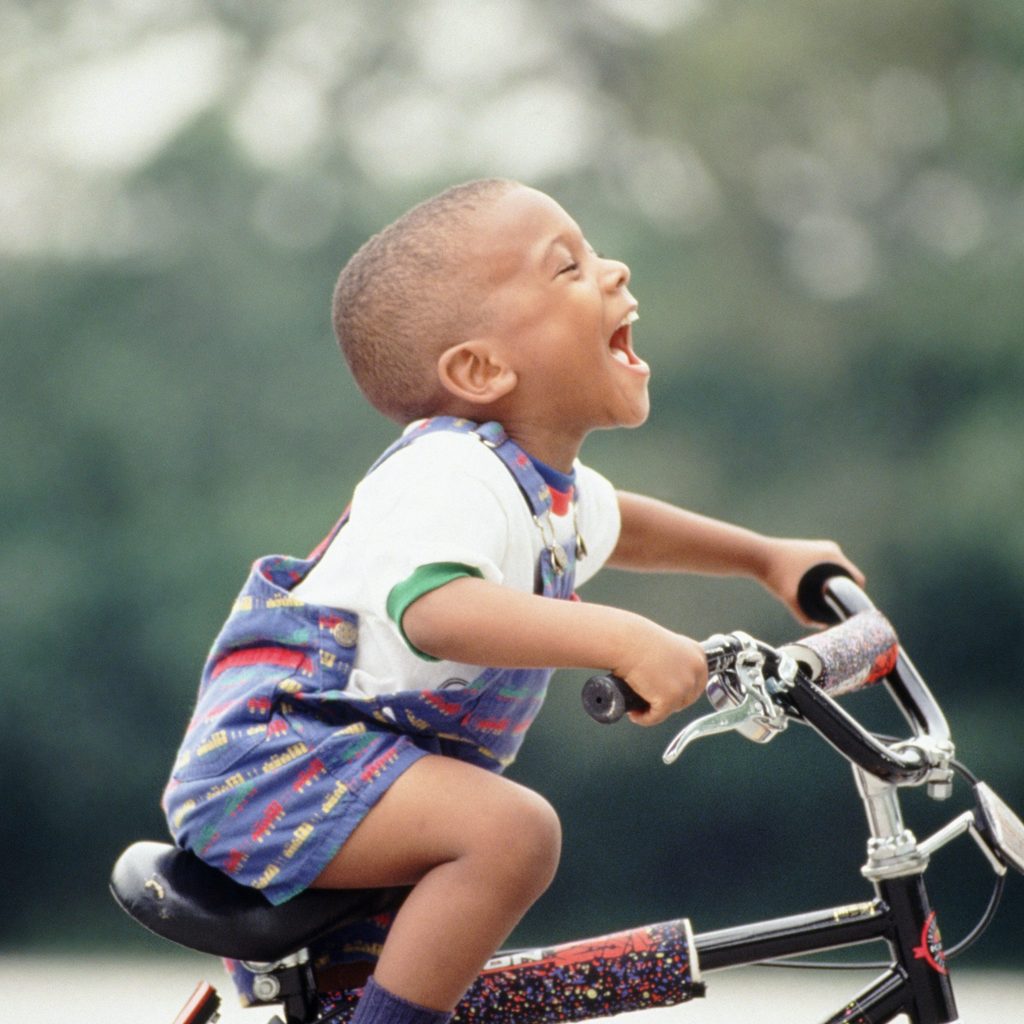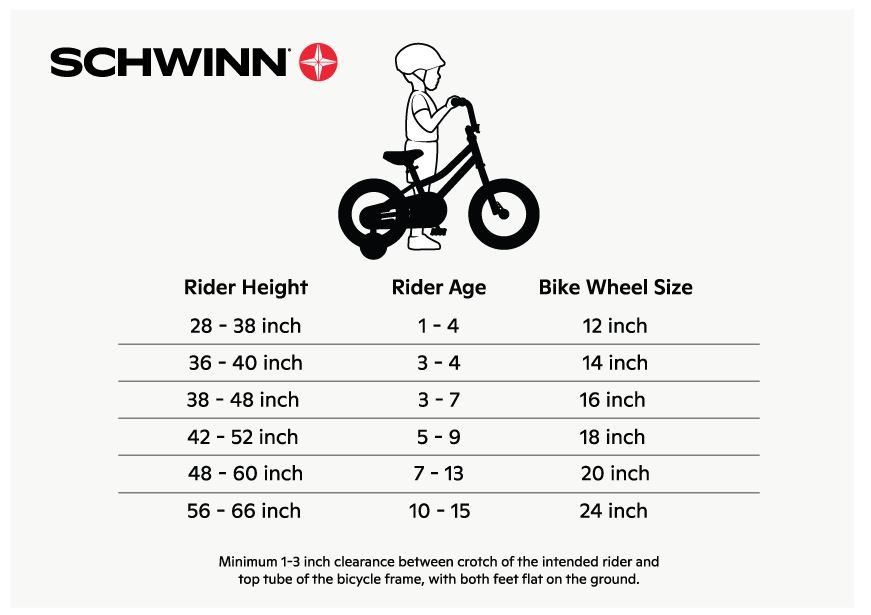Is it time for new bikes for your kids? With the warmer weather upon us many parents are realizing that last year’s bikes may be too small for their children — if they have last year’s bikes! Thanks to the health pandemic, children’s bikes were almost as hard to come by as toilet paper at one time! Fortunately, the stores seem to have more of a selection now, but you’ll still want to ensure that you have the correct size bike for your child.
Whether your child wants a mountain bike, a bike with gears, or just a cruiser, making sure you have the right size bike is important for the safety of your child and for overall enjoyment. No matter where you buy your bike, here are some important guidelines to follow when finding the correct size bike for your child.

How do you measure a child for a bike?
Although you may see some generalized charts for which size bike you should get based on your child’s age, those really aren’t dependable because your child may be shorter than average or taller, or have longer or shorter legs. Also, as Guardian Bikes points out, every brand can be different so it can be difficult to judge which brand’s size chart to follow. There are, however, a few ways you can measure your child for a bike. Guardian Bikes suggests measuring your child’s bike inseam, which is the length from the floor to the top of their crotch area (they suggest having your child stand against a wall with a book between their legs and measure to the top of the book to get this measurement.) You then determine how far you want your child’s feet off the ground when biking (new bikers may want to keep their feet on the ground while those more experienced will want theirs 2 to 3 inches off the ground.) Add those two measurements together and you have the minimum seat height you should be looking for when buying a bike.
Black Mountain Bikes suggests another method when measuring your child. They say measuring your child’s height while standing against a wall in bare feet is the most accurate and consistent way to get the proper sizing for a bike. Once you have that measurement, they provide an online tool to help you determine which size bike you’ll need.
Two Wheeling Tots, however, echoes that measuring a child’s inseam is the best way to make sure you’re getting the correct size. First, they suggest measuring the child’s inseam, then finding the wheel sizes that fit these measurements. If there’s more than one wheel size that works, they say to choose the larger one as you will have more stability. Again the rider’s ability will determine whether there’s a need to keep feet flat on the ground or if a bit of distance is okay.
Schwinn gives parents a generalized size guide, listing which size bike typically correlates to each age group and height.

What are the kids’ bike sizes?
Unlike adult bikes, which are sized based on the frame, children’s bike sizes are based on the diameter of the wheel, and as the wheel gets larger so too does the bike frame. Wheel sizes for kids’ bikes are 12 inches, 14 inches, 16 inches, 18 inches, 20 inches, 24 inches. While wheel sizes are standard the size of the frame will vary depending on the style of bike and manufacturer.
Is a 20-inch bike good for a 7-year-old?
If you’re a grandparent or family member trying to buy a bike as a gift, or you simply want to surprise your child with a new bike, you may wonder if using a size guide such as the one Schwinn has listed on their website is a good guideline. If your child is of average height listed in the size charts for that brand, something like a 20-inch bike may be a good fit for a 7-year-old. However, if that child is taller or shorter, or has long legs, you may want to make sure that the store you buy the bike from will take returns or at least exchanges.
Try before you buy
Measuring your child is important in determining the proper size bike for your child, but nothing beats letting your kid actually ‘try it on’ for size. “To get the right fit, it’s always best to have the child try several bikes out in person,” writes sporting good store REI. “That way they can sit on the seat, grip the handlebars, test the brakes and take the bike for a spin to make sure it fits and they can pedal comfortably.” And, while it can be incredibly tempting to buy a bike a bit larger so your kid won’t grow out of it in a year, that’s not the safest option. Buying the correct size will not only make your child’s biking experience safer but also more enjoyable.
Riding a bike is so much fun because it gets kids outside, getting exercise, and practicing a bit of independence. It’s all the more enjoyable with a correctly sized bike, so make sure you check out these tips to measure your child before heading out to the bike store.



